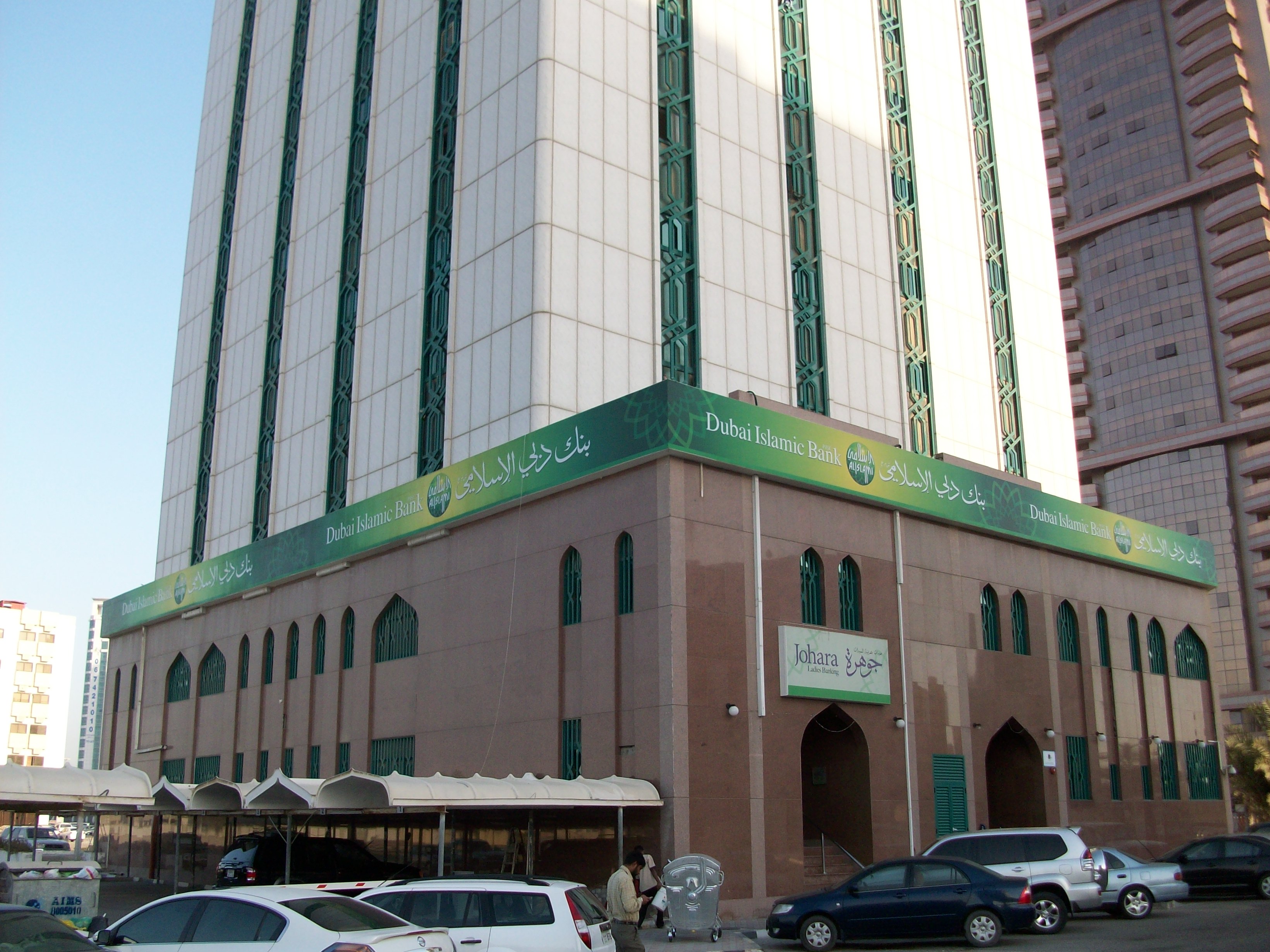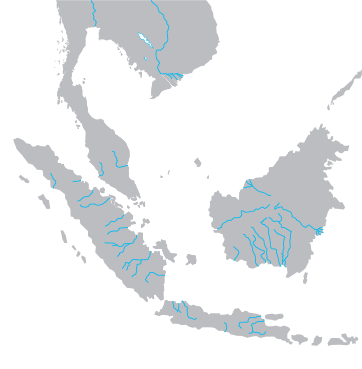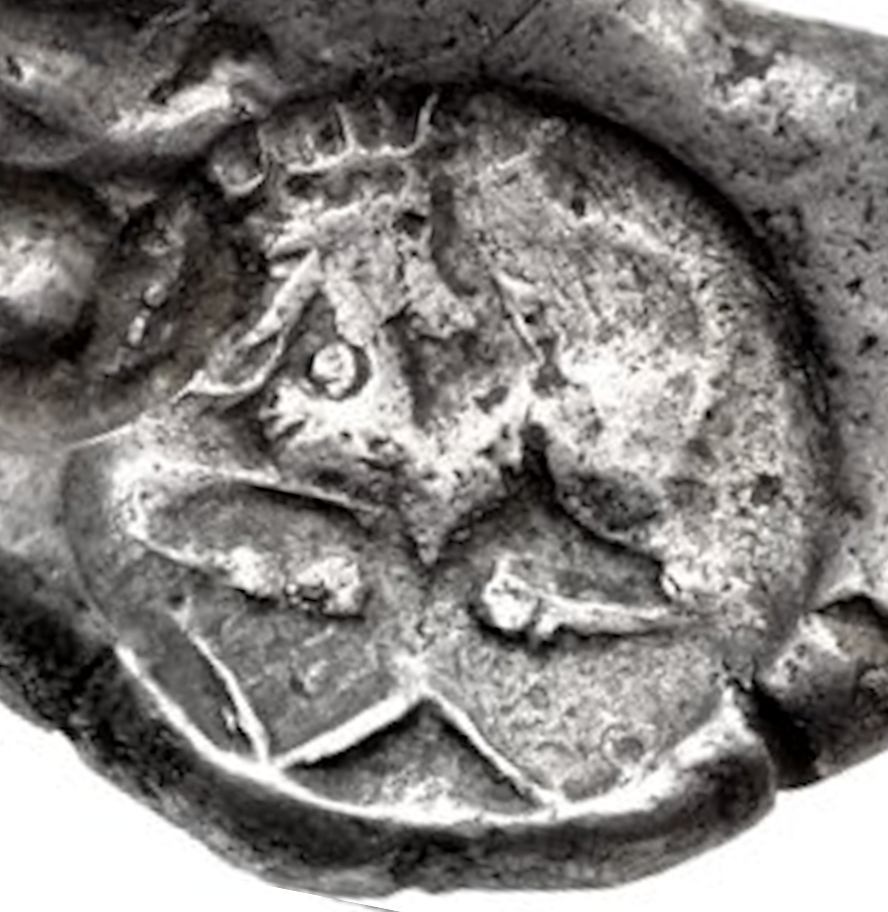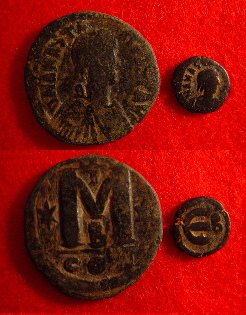|
Fals
The fals (; ) was a medieval copper coin first produced by the Umayyad Caliphate (661–750) beginning in the late 7th century. The name of the coin is derived from the ''follis'', a Roman coinage, Roman and later Byzantine coinage, Byzantine copper coin. As common with most Islamic coinage, the fals was aniconic and usually featured ornate Arabic script on both sides. Various copper fals were produced until the 19th century. Their weight varied, from one gram to ten grams or more. The term is still used in modern spoken Arabic for money, but pronounced 'fils'. The plural form ''fulus'' فلوس is used in contemporary dialects of Arabic (e.g. Egyptian, Iraqi) as a general term for "money". The French term ''flouze'' is borrowed from Arabic. It is also absorbed into Malay language through the word ''fulus'' . In popular culture * The Malay derivant ''fulus'' was used as basis for naming the fictional setting of Metrofulus in the 2006 Malaysian superhero film ''Cicakman''. Se ... [...More Info...] [...Related Items...] OR: [Wikipedia] [Google] [Baidu] |
Umayyad Caliphate
The Umayyad Caliphate or Umayyad Empire (, ; ) was the second caliphate established after the death of the Islamic prophet Muhammad and was ruled by the Umayyad dynasty. Uthman ibn Affan, the third of the Rashidun caliphs, was also a member of the clan. The family established dynastic, hereditary rule with Mu'awiya I, the long-time governor of Bilad al-Sham, Greater Syria, who became caliph after the end of the First Fitna in 661. After Mu'awiya's death in 680, conflicts over the succession resulted in the Second Fitna, and power eventually fell to Marwan I, from another branch of the clan. Syria remained the Umayyads' main power base thereafter, with Damascus as their capital. The Umayyads continued the Early Muslim conquests, Muslim conquests, conquering Ifriqiya, Transoxiana, Sind (caliphal province), Sind, the Maghreb and Hispania (al-Andalus). At its greatest extent (661–750), the Umayyad Caliphate covered , making it one of the largest empires in history in terms of ar ... [...More Info...] [...Related Items...] OR: [Wikipedia] [Google] [Baidu] |
Islamic Banking
Islamic banking, Islamic finance ( ''masrifiyya 'islamia''), or Sharia-compliant finance is banking or financing activity that complies with Sharia (Islamic law) and its practical application through the development of Islamic economics. Some of the modes of Islamic finance include '' mudarabah'' (profit-sharing and loss-bearing), '' wadiah'' (safekeeping), '' musharaka'' (joint venture), '' murabahah'' (cost-plus), and '' ijarah'' (leasing). Sharia prohibits ''riba'', or usury, generally defined as interest paid on all loans of money (although some Muslims dispute whether there is a consensus that interest is equivalent to ''riba''). Investment in businesses that provide goods or services considered contrary to Islamic principles (e.g. pork or alcohol) is also ''haram'' ("sinful and prohibited"). These prohibitions have been applied historically in varying degrees in Muslim countries/communities to prevent un-Islamic practices. In the late 20th century, as part of the revi ... [...More Info...] [...Related Items...] OR: [Wikipedia] [Google] [Baidu] |
Abbasid Copper Coin From Jerusalem, AH 219
The Abbasid Caliphate or Abbasid Empire (; ) was the third caliphate to succeed the Islamic prophet Muhammad. It was founded by a dynasty descended from Muhammad's uncle, Abbas ibn Abd al-Muttalib (566–653 CE), from whom the dynasty takes its name. After overthrowing the Umayyad Caliphate in the Abbasid Revolution of 750 CE (132 AH), they ruled as caliphs based in modern-day Iraq, with Baghdad being their capital for most of their history. The Abbasid Revolution had its origins and first successes in the easterly region of Khurasan, far from the Levantine center of Umayyad influence. The Abbasid Caliphate first centered its government in Kufa, modern-day Iraq, but in 762 the caliph al-Mansur founded the city of Baghdad as the new capital. Baghdad became the center of science, culture, arts, and invention in what became known as the Golden Age of Islam. By housing several key academic institutions, including the House of Wisdom, as well as a multiethnic and multi-reli ... [...More Info...] [...Related Items...] OR: [Wikipedia] [Google] [Baidu] |
Malay Language
Malay ( , ; , Jawi alphabet, Jawi: ) is an Austronesian languages, Austronesian language spoken primarily by Malays (ethnic group), Malays in several islands of Maritime Southeast Asia and the Malay Peninsula on the mainland Asia. The language is an official language of Brunei, Malaysia, and Singapore. Indonesian language, Indonesian, a standardized variety of Malay, is the official language of Indonesia and one of the working languages of East Timor. Malay is also spoken as a regional language of Malays (ethnic group), ethnic Malays in Indonesia and the Thai Malays, southern part of Thailand. Altogether, it is spoken by 60 million people across Maritime Southeast Asia. The language is pluricentric and a ISO 639 macrolanguage, macrolanguage, i.e., a group of Mutual intelligibility, mutually intelligible speech varieties, or dialect continuum, that have no traditional name in common, and which may be considered distinct languages by their speakers. Several varieties of it ar ... [...More Info...] [...Related Items...] OR: [Wikipedia] [Google] [Baidu] |
Coins Of The Medieval Islamic World
A coin is a small object, usually round and flat, used primarily as a medium of exchange or legal tender. They are standardized in weight, and produced in large quantities at a mint in order to facilitate trade. They are most often issued by a government. Coins often have images, numerals, or text on them. The faces of coins or medals are sometimes called the ''obverse'' and the ''reverse'', referring to the front and back sides, respectively. The obverse of a coin is commonly called ''heads'', because it often depicts the head of a prominent person, and the reverse is known as ''tails''. The first metal coins – invented in the ancient Greek world and disseminated during the Hellenistic period – were precious metal–based, and were invented in order to simplify and regularize the task of measuring and weighing bullion (bulk metal) carried around for the purpose of transactions. They carried their value within the coins themselves, but the stampings also induced manipulati ... [...More Info...] [...Related Items...] OR: [Wikipedia] [Google] [Baidu] |
Coins
A coin is a small object, usually round and flat, used primarily as a medium of exchange or legal tender. They are standardized in weight, and produced in large quantities at a mint in order to facilitate trade. They are most often issued by a government. Coins often have images, numerals, or text on them. The faces of coins or medals are sometimes called the ''obverse'' and the ''reverse'', referring to the front and back sides, respectively. The obverse of a coin is commonly called ''heads'', because it often depicts the head of a prominent person, and the reverse is known as ''tails''. The first metal coins – invented in the ancient Greek world and disseminated during the Hellenistic period – were precious metal–based, and were invented in order to simplify and regularize the task of measuring and weighing bullion (bulk metal) carried around for the purpose of transactions. They carried their value within the coins themselves, but the stampings also induced manipu ... [...More Info...] [...Related Items...] OR: [Wikipedia] [Google] [Baidu] |
Falus
The falus was a bronze/copper currency of Morocco. Minted between 1672–1901, denominations of , , 1, 2, 3, 4, 6 and 8 falus are recorded in the Standard Catalogue. Identification They are typically denominated by size rather than by inscription, and can be difficult to identify precisely. Depreciation From 1862, the falus was allowed to float, while the exchange rate for the silver dirham was fixed: this resulted in currency speculation and depreciation, with effectively two parallel currencies. References See also * Fils (currency) The fils (Arabic: فلس) is a subdivision of currency used in some Arab countries, such as Iraq and Bahrain. The term is a modern retranscription of ''fals'', an early medieval Arab coin. "Fils" is the singular form in Arabic, not plural (as it ... Economic history of Morocco Currencies of Africa Numismatics Coins of Morocco 17th-century establishments in Morocco 20th-century disestablishments in Morocco Currencies of Morocco [...More Info...] [...Related Items...] OR: [Wikipedia] [Google] [Baidu] |
Fils (currency)
The fils (Arabic: فلس) is a subdivision of currency used in some Arab countries, such as Iraq and Bahrain. The term is a modern retranscription of ''fals'', an early medieval Arab coin. "Fils" is the singular form in Arabic, not plural (as its final consonant might indicate to an English speaker). The plural form of fils is ''fulūs'' (فلوس); the latter term can also refer to small amounts of money or to money in general in Egyptian Arabic, Egyptian and Mesopotamian Arabic, Iraqi and many other varieties of Arabic. * 1 Bahraini dinar = 1000 fulūs (or 1 fils = Bahraini dinar) * 1 Emirati dirham = 100 fulus * 1 Iraqi dinar = 1000 fulūs * 1 Jordanian dinar = 1000 fulūs * 1 Kuwaiti dinar = 1000 fulūs * 1 Yemeni rial = 100 fulūs See also * Falus References {{DEFAULTSORT:Fils (Currency) Denominations (currency) ... [...More Info...] [...Related Items...] OR: [Wikipedia] [Google] [Baidu] |
Cicakman
''Cicak Man'' (pronounced , English language, English: ''Gecko-Man'') is a 2006 Malaysia, Malaysian Malay-language superhero film. Directed by KRU, KRU member Yusry Abdul Halim, it is the first Malaysian film of this genre, and features almost 40% CGI footage. Comedian Saiful Apek stars the timid protagonist Hairi who obtains his gecko-like powers quite by accident and becomes a shock to his friend, who also tries his best to adjust to his superpowers while living in the fictional city of Metrofulus.The film received mixed review upon its release. A sequel, ''Cicak Man 2: Planet Hitam'', was released on 11 December 2008 in Malaysia, Singapore and Brunei following the film's success in the Malaysian box-office. The original announced release is in the end of 2007.KRU Music Group A third film titled ''Cicak Man ... [...More Info...] [...Related Items...] OR: [Wikipedia] [Google] [Baidu] |
Umayyads - Fals Of Damascus (929–1031)
{{dab ...
Umayyads may refer to: * Umayyad dynasty, a Muslim ruling family of the Caliphate (661–750) and in Spain (756–1031) *Umayyad Caliphate (661–750) :*Emirate of Córdoba (756–929) :*Caliphate of Córdoba A caliphate ( ) is an institution or public office under the leadership of an Islamic steward with Khalifa, the title of caliph (; , ), a person considered a political–religious successor to the Islamic prophet Muhammad and a leader of ... [...More Info...] [...Related Items...] OR: [Wikipedia] [Google] [Baidu] |
Arabic Script
The Arabic script is the writing system used for Arabic (Arabic alphabet) and several other languages of Asia and Africa. It is the second-most widely used alphabetic writing system in the world (after the Latin script), the second-most widely used List of writing systems by adoption, writing system in the world by number of countries using it, and the third-most by number of users (after the Latin and Chinese characters, Chinese scripts). The script was first used to write texts in Arabic, most notably the Quran, the holy book of Islam. With Spread of Islam, the religion's spread, it came to be used as the primary script for many language families, leading to the addition of new letters and other symbols. Such languages still using it are Arabic language, Arabic, Persian language, Persian (Western Persian, Farsi and Dari), Urdu, Uyghur language, Uyghur, Kurdish languages, Kurdish, Pashto, Punjabi language, Punjabi (Shahmukhi), Sindhi language, Sindhi, South Azerbaijani, Azerb ... [...More Info...] [...Related Items...] OR: [Wikipedia] [Google] [Baidu] |
Byzantine Coinage
Byzantine currency, money used in the Eastern Roman Empire after the fall of the West, consisted of mainly two types of coins: gold solidus (coin), solidi and Hyperpyron, hyperpyra and a variety of clearly valued bronze coins. By the 15th century, the currency was issued only in debased silver Stavraton, stavrata and minor copper coins with no gold issue. The Byzantine Empire established and operated several Mint (coin), mints throughout its history. Aside from the main metropolitan mint in the capital, Constantinople, a varying number of provincial mints were also established in other urban centres, especially during the 6th century. Most provincial mints except for Syracuse, Sicily, Syracuse were closed or lost to Arab–Byzantine wars, Arab Muslim invasions in the Mediterranean Region by the mid-7th century onwards. After the loss of Syracuse in 878, Constantinople became the sole mint for gold and silver coinage until the late 11th century, when major provincial mints began t ... [...More Info...] [...Related Items...] OR: [Wikipedia] [Google] [Baidu] |





